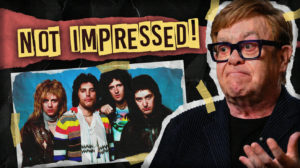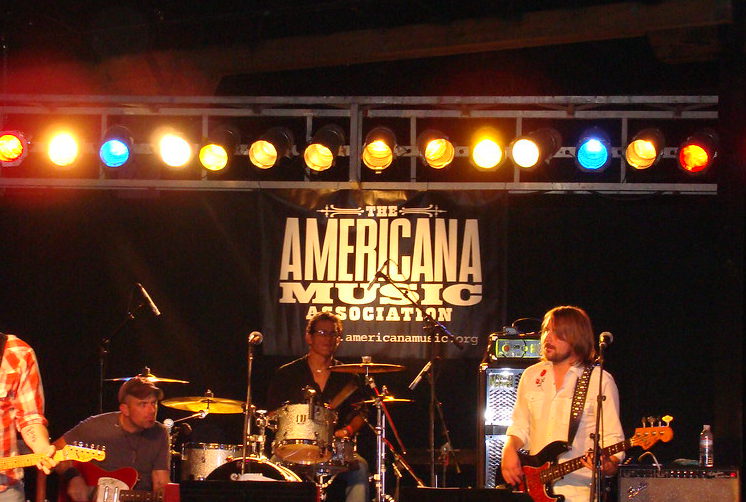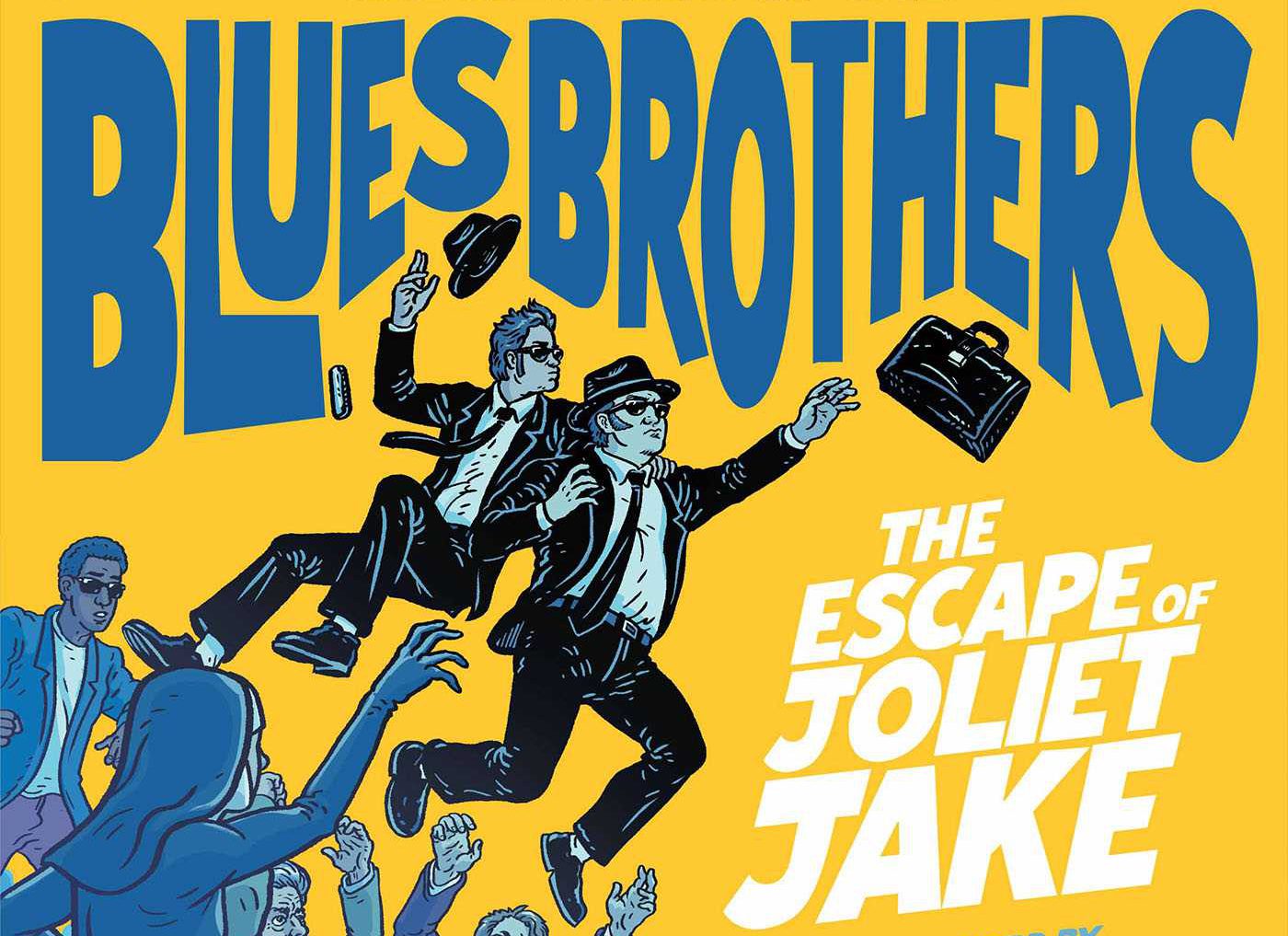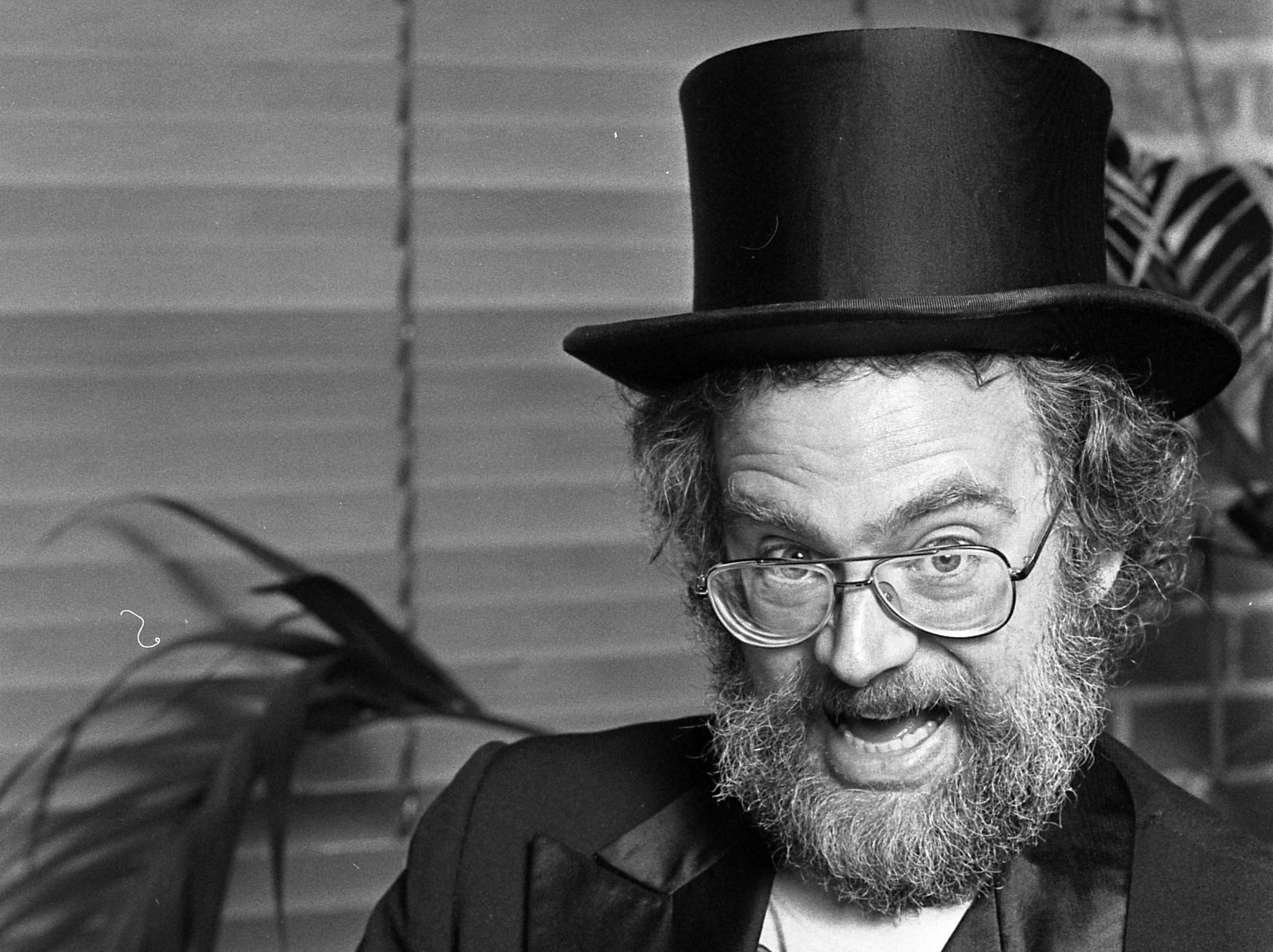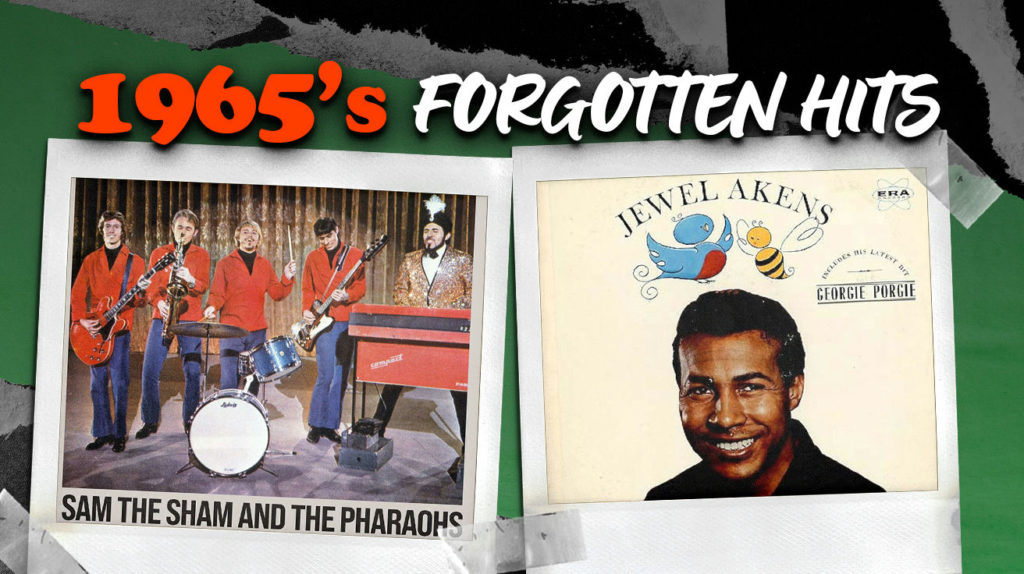
Before streaming algorithms determined musical immortality and TikTok could resurrect forgotten B-sides overnight, the landscape of 1965 created a perfect petri dish for sonic experimentation. While the Beatles and Rolling Stones dominated headlines, a parallel universe of innovators crafted earworms that would infiltrate the cultural bloodstream before vanishing like musical mayflies.
15. The Gentry – Keep On Dancing

The Gentry didn’t just release a song in 1965—they dropped a sonic hack that rewrote production rules. This seven-member Memphis outfit, fronted by Larry Raspberry, literally duplicated their entire recording to extend its length, creating a hypnotic loop that feels like that moment in “Pulp Fiction” when Uma Thurman’s heart jolts back to life. The track climbed to number four on Billboard’s Hot 100, teaching an entire generation how repetition could burrow into your brain and never leave.
What makes “Keep On Dancing” particularly fascinating is how it survived the British invasion like a cockroach after nuclear winter. When the Bay City Rollers covered it in 1971, they unwittingly performed cultural CPR on a track that deserved immortality. The song’s garage-rock rawness cuts through decades of polish and perfection, reminding us that sometimes the most revolutionary art comes from bending rules rather than following them. Speaking of rock music, here are some rock legends that disappeared from the limelight without a trace.
14. Jewel Akens – The Birds and the Bees
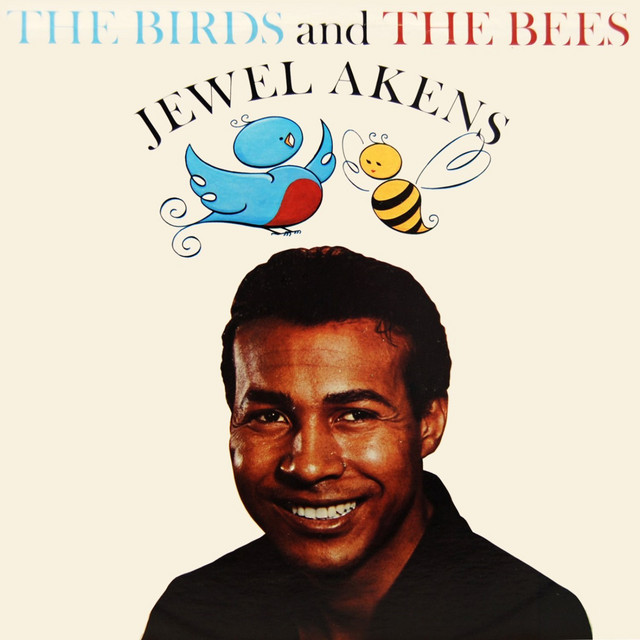
In an industry where middle-aged execs typically dictate what teens should hear, “The Birds and the Bees” flipped the script completely. Written by 12-year-old Barry Stewart, the record label owner’s son, this January 1965 release proves that kids have always understood pop hooks better than adults with MBAs. The track featured session legends Hal Blaine and Leon Russell, whose fingerprints are all over the ’60s sound, playing backup to a concept conceived by someone who probably still had homework the next day.
The song’s innovative vocal doubling techniques created an echo effect that sounds as if Akens is singing from both the past and future simultaneously. Peaking at number three on the Billboard chart and number two on Cashbox, this track conquered charts across continents, hitting the top in Australia, Belgium, and Norway, before global streaming made international success more commonplace. Now hunted by collectors with the same intensity as sneakerheads tracking limited-edition Jordans, this novelty gem stands as proof that sometimes the most profound art comes wrapped in seemingly simple packages.
13. Sam the Sham and the Pharaohs – Woolly Bully

While the British Invasion dominated headlines, a Tex-Mex rock fusion bubbled up from the American South in March 1965 that would become more influential than anyone predicted. Sam the Sham and the Pharaohs—fronted by Domingo “Sam” Samudio—unleashed “Woolly Bully,” a track whose infectious blend of Mexican-American rhythms and rock sensibilities created a sonic template that artists still reference today. Though the nonsensical lyrics mystified some listeners, the party atmosphere and memorable organ riff proved irresistible to audiences, propelling the song to number two on Billboard despite competing with the British onslaught.
The track followed a classic 12-bar blues structure but wrapped it in an unmistakable border-town energy that sold over a million copies and earned Billboard’s distinction as the top song of 1965. Unlike many entries on this list, Sam the Pharaohs weren’t truly one-hit wonders—they scored later success with “Li’l Red Riding Hood”—but “Woolly Bully” remains their defining cultural contribution. The song’s cross-cultural appeal demonstrated how America’s musical melting pot could produce something both familiar and revolutionary, creating space for regional sounds to break through on national charts. Decades later, the opening Spanish count-in (“Uno, dos, one, two, tres, cuatro”) still signals that something wildly fun is about to happen.
12. We Five – You Were On My Mind
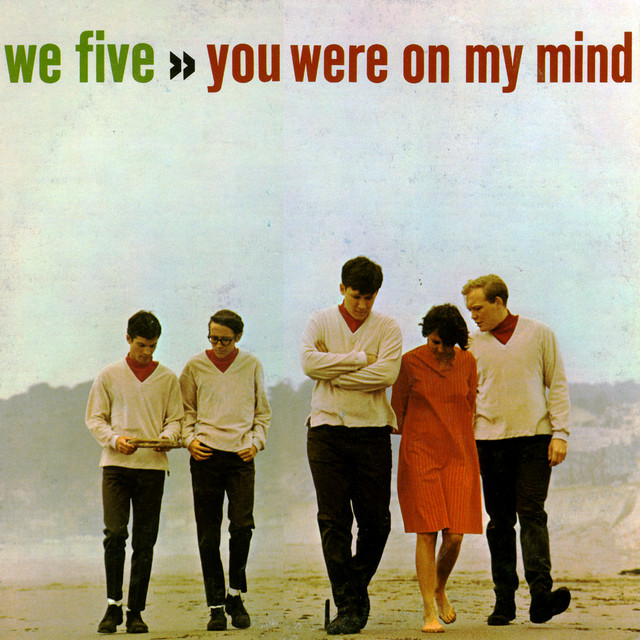
Before bands worried about the algorithm, We Five worried about transforming folk traditions into something that could compete with Beatlemania. Their 1965 adaptation of Sylvia Fricker’s introspective tune plays out like the origin story of California folk rock—the musical equivalent of watching Peter Parker get bitten by a spider. Beverly Bivens’ powerhouse vocals turned what could have been coffee shop background music into a chart-topper that hit number three on Billboard while dominating the Easy Listening chart for five straight weeks.
The San Francisco group’s innovation resembles what happens when your grandma’s secret recipe gets reimagined by a Michelin-star chef—recognizable roots but elevated to something entirely new. Their arrangement created a template that countless West Coast acts would follow, helping bridge the gap between earnest folk storytelling and commercial pop accessibility. The recording now stands as a cultural fork in the road—the moment when thoughtful lyrics and traditional instruments discovered they could peacefully coexist with radio-friendly hooks without selling their souls.
11. Barry McGuire – Eve of Destruction
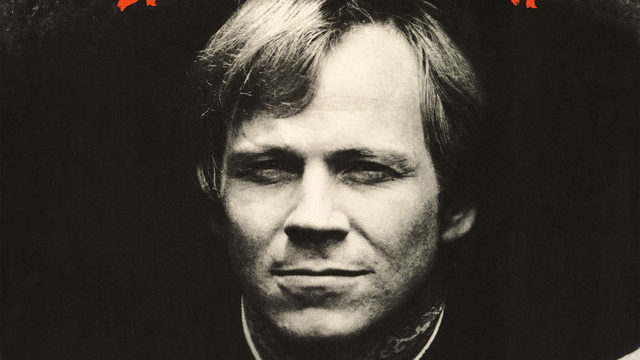
Some songs just can’t wait to be born. Barry McGuire’s “Eve of Destruction,” written by P.F. Sloan, erupted in a single take on July 15, 1965, with an urgency that mirrors its apocalyptic message. In an era when musicians might spend months polishing a single, this protest anthem emerged as if it knew the world might not have much time left. Its unflinching confrontation of Vietnam, civil rights got it banned from stations faster than a wardrobe malfunction at the Super Bowl.
Despite (or because of) its controversial stance, the track shot to number one, proving that listeners were hungry for music that reflected their actual fears rather than bubblegum distractions. This raw time capsule of mid-60s anxiety functions almost like a musical documentary, capturing the exact moment when pop music realized it could do more than just soundtrack teenage romance—it could actually challenge the systems that governed young people’s futures. Fifty-plus years later, its warning still hits with disturbing relevance in our own era of climate crisis and political division.
10. Cannibal and the Headhunters – Land of a Thousand Dances

Sometimes the most iconic moments in music history happen when things go completely wrong. When Frankie “Cannibal” Garcia forgot the lyrics while recording Chris Kenner’s “Land of a Thousand Dances,” he didn’t panic—he improvised the “na na na na na” refrain that would become more famous than the original verses. That split-second creative solution, similar to how Marty McFly accidentally invented rock and roll in “Back to the Future,” transformed a cover into a genuine innovation that peaked at number 30 on Billboard.
The East LA band’s breakthrough represents a critical crack in the music industry’s racial ceiling, bringing Chicano rock to mainstream audiences years before most American listeners acknowledged Latino contributions to popular music. Opening for The Beatles during their 1965 US tour placed them at the center of a cultural revolution, even as they created a vocal hook that countless artists would later adopt as if it had always been part of the song. Their story proves that sometimes forgetting the rules—or, in this case, the lyrics—leads to some of the most memorable moments in cultural history.
9. Shirley Bassey – Goldfinger
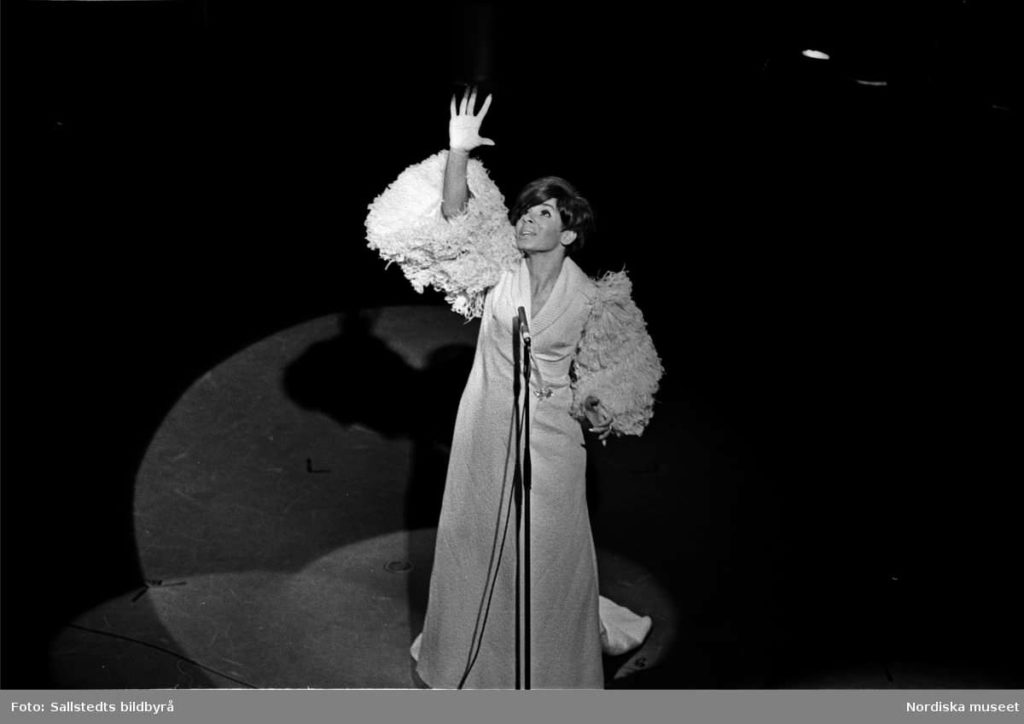
Long before epic movie themes became awards-season bait, Shirley Bassey’s “Goldfinger” set the gold standard that all film anthems still chase. This 1965 bombshell, composed by John Barry with lyrics by Leslie Bricusse and Anthony Newley, didn’t just accompany a movie—it became bigger than the film itself, as a supporting actor who steals every scene and walks away with the whole franchise. Bassey’s volcanic vocals propelled the track to number eight on the Billboard chart, creating a template that would influence every Bond theme that followed.
The recording’s induction into the Grammy Hall of Fame in 2008 formalized what everyone already knew: this wasn’t just a theme song, but a cultural monument. Bassey’s performance functions as a masterclass in controlled power, building tension much like the best thriller directors, but with only her voice. The song created an expectation for dramatic musical moments in action films that still exists to this day, setting an impossible standard that artists have been trying to capture nearly six decades later. It’s watching the first person to land a 900 on a skateboard—everyone who comes after is just trying to match the original.
8. The Ad Libs – The Boy from New York City
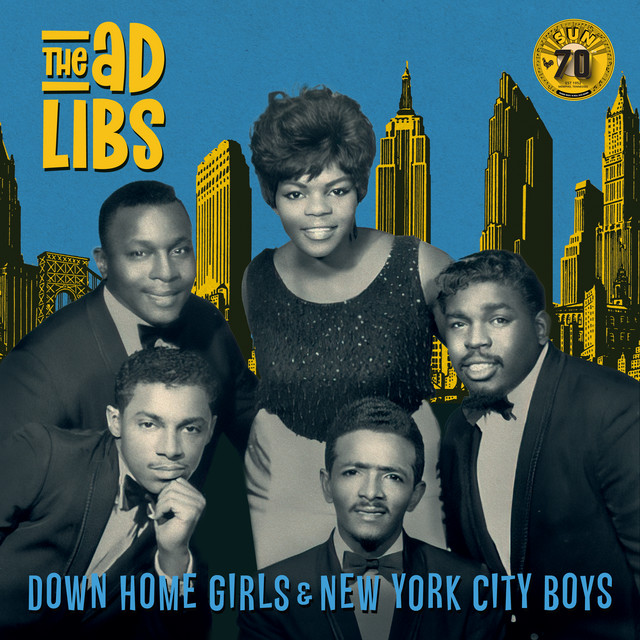
In the musical laboratory of 1965, The Ad Libs concocted a formula that would influence vocal groups for decades. Their breakout hit merged doo-wop’s harmonic traditions with soul’s emotional urgency, creating something that felt both nostalgic and revolutionary, much like how “Stranger Things” later reworked ’80s aesthetics for modern audiences. Recorded over three sessions at ANR Studios with legendary producers Jerry Leiber and Mike Stoller, “The Boy from New York City” wasn’t just a song; it was a blueprint for future genre fusion.
The New Jersey group’s call-and-response techniques and brassy arrangements reached number eight on Billboard’s Hot 100, providing a template that inspired everyone from The Manhattan Transfer to countless girl groups. Their sonic innovation resembles what happens when a chef combines familiar ingredients in ways nobody thought possible, creating a dish that becomes more influential than the original components. The track’s enduring appeal across generations demonstrates how truly groundbreaking sounds don’t age—they simply become part of music’s permanent architectural foundation.
7. The Larks – The Jerk

Before TikTok had teens learning choreo in their bedrooms, The Larks turned real-life dance observations into chart gold. Watching kids perform distinctive, jerky arm movements inspired this Los Angeles group to create a sonic instruction manual that would reach number seven on Billboard. The song creates a perfect feedback loop between music and movement—each driving the other forward like partners in cultural crime. Its infectious call-and-response pattern made it impossible to stay still, spreading dance fever faster than gossip in a small town.
The track’s cultural impact extends far beyond its chart position, inspiring numerous copycats to create their own “jerk” themed songs in a wave of movement-based music that feels like the ancestor of every dance craze that followed. Now a permanent fixture in ’60s dance compilations, the recording preserves a moment when youth culture expressed itself primarily through movement rather than social media posts. The Larks’ keen observation of emerging street styles demonstrates how the most authentic pop music often comes not from industry calculation but from keeping your eyes open to the culture happening right in front of you.
6. The Castaways – Liar Liar
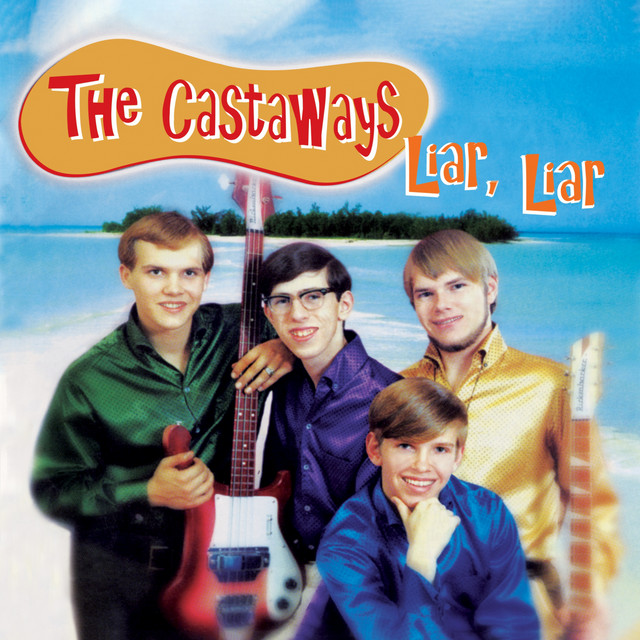
Some songs arrive fully formed with the urgency of a breaking news alert. The Castaways’ “Liar Liar,” written in just two hours by Jim Donna and Dennis Craswell, captures the raw, unfiltered energy that makes garage rock feel more similar to a truth serum than a musical genre. The Minneapolis band’s 1965 hit, propelled by Robert Volchow’s distinctive falsetto that cuts through ambient noise like emergency sirens, reached number 12 on Billboard. The track’s minimal arrangement contains the DNA of punk rock years before that revolution officially began.
Though commercial lightning didn’t strike twice for the band, the song found immortality through cultural osmosis. Featured in films such as “Good Morning, Vietnam” and countless compilations, “Liar Liar” continues to serve as a masterclass in urgent, economical songcraft. Its continued resonance feels similar to how certain vintage Polaroids somehow capture an era’s entire mood in a single frame. The song stands as proof that sometimes the most enduring art comes not from months of careful studio crafting but from the adrenaline rush of creation under pressure—catching lightning in a bottle before anyone has time to question the process.
5. Ian Whitcomb – You Turn Me On
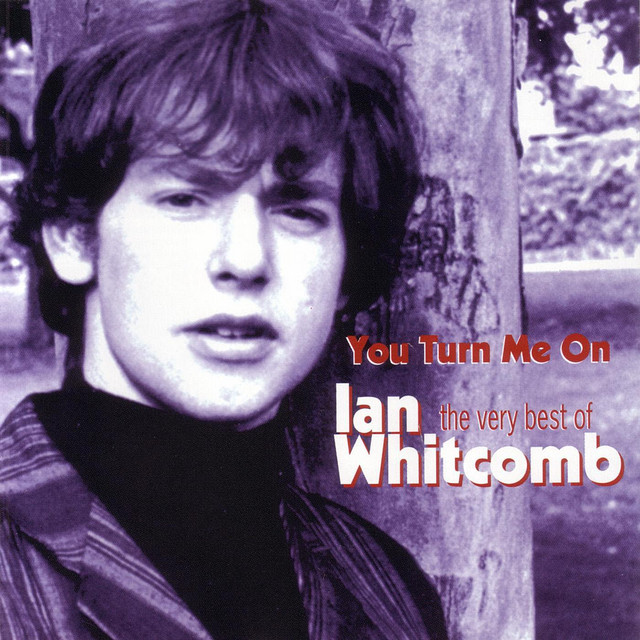
Some of music’s greatest moments come from happy accidents, as when British singer-songwriter Ian Whitcomb incorporated the sound of a falling microphone stand into “You Turn Me On.” This unplanned percussive intro—the audio equivalent of tripping and turning it into a dance move—became part of a quirky hit that reached number eight on Billboard in 1965. Whitcomb’s playful falsetto and suggestive lyrics offered a mischievous alternative to the more earnest British Invasion sounds dominating radio, much as the class clown who somehow graduates with honors.
The song’s three-minute structure allowed listeners to fully absorb Whitcomb’s unconventional vocal approach, which felt equal parts music hall tradition and rock and roll rebellion. While never again reaching these commercial heights in America, Whitcomb created a perfectly preserved amber fossil of British musical humor translating across the Atlantic. His contribution to the invasion offered a counterpoint to the more serious artistic statements of the era, reminding everyone that sometimes music’s highest purpose isn’t profound commentary but simple, uninhibited joy—the sonic equivalent of a perfectly timed joke that makes you laugh.
4. The Silkie – You’ve Got to Hide Your Love Away
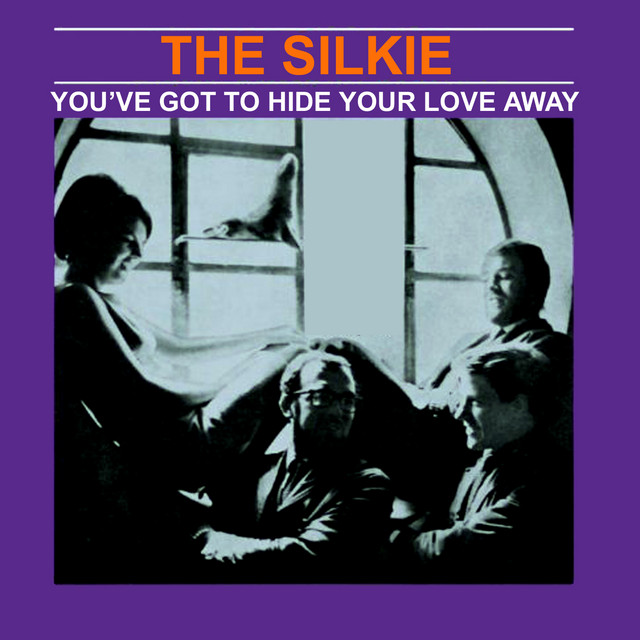
When The Beatles themselves decide you’re worthy of their attention, the musical universe tends to listen. The Silkie, an otherwise obscure English folk group, received the golden ticket when John Lennon produced their cover of “You’ve Got to Hide Your Love Away” with Paul McCartney on guitar and George Harrison adding tambourine. This 1965 collaboration feels comparable to discovering that the coolest kids in school not only know your name but also want to work on a project together. The resulting track reached number 10 on Billboard and number 28 in the UK.
The Silkie’s harmonic approach and acoustic instrumentation brought an authenticity to their interpretation that set them apart from countless Beatles cover attempts. Despite never capturing lightning in this particular bottle again, their singular achievement demonstrates the alchemical magic that can happen when established artists elevate emerging talents. The recording stands as a rare example of a cover receiving direct blessing—and direct participation—from the original creators, much like a master chef sharing their secret recipe and then helping to cook the meal. It remains a fascinating footnote in Beatles history and a testament to how the right backing can turn obscurity into immortality.
3. Glenn Yarbrough – Baby the Rain Must Fall
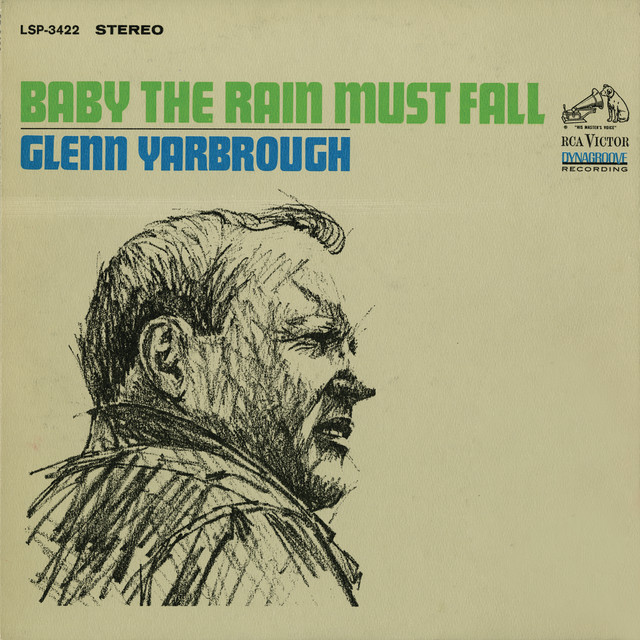
When folk singer Glenn Yarbrough left The Limeliters, few expected his solo journey would lead to Hollywood. Yet his recording of “Baby the Rain Must Fall,” the theme for the Steve McQueen film, demonstrates how artistic paths often follow the logic of dreams rather than straight lines. Composer Elmer Bernstein and lyricist Ernie Sheldon crafted a vehicle perfectly suited for Yarbrough’s distinctive tenor—a voice that sounds akin to autumn leaves falling on an empty country road. The 1965 release reached number 12 on the Billboard chart, number two on the adult contemporary chart, and even climbed to number three in South Africa.
The song’s lush orchestration merged folk sensibilities with cinematic grandeur, creating a crossover template that countless artists would later follow. Yarbrough never again reached these commercial heights as a solo performer, but this recording stands as proof that sometimes one perfectly realized creation outweighs a dozen lesser successes. His interpretation functions as a bridge between folk tradition and commercial accessibility, similar to how certain indie films manage to maintain artistic integrity while finding mainstream audiences. The track remains inseparable from the film, yet it also stands as a self-contained emotional journey.
2. Horst Jankowski – A Walk in the Black Forest
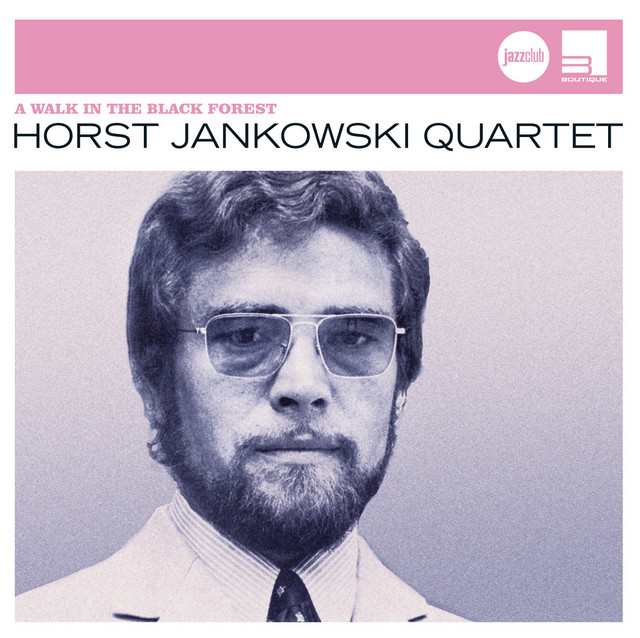
In 1965, while American teens were screaming for guitar heroes, German pianist Horst Jankowski quietly infiltrated the US charts with “A Walk in the Black Forest.” This instrumental composition, originally titled “Ein Schwarzwaldfahrt,” brought European classical sensibilities to American popular music with the stealth of a cultural spy mission. The elegant piano-driven piece reached number 12 on Billboard and conquered the easy listening chart at number one, proving that sometimes the revolution arrives not with a scream but with a sophisticated whisper.
Jankowski’s composition stands as one of the few German instrumental works to achieve significant commercial success in the United States during the rock era. The recording’s continued presence in film soundtracks and playlists demonstrates how certain musical ideas transcend both genre boundaries and cultural divides. Its melodic strength functions much as a universal language that requires no translation, connecting with listeners regardless of background. This crossover success story reminds us that while rock dominated the headlines, other musical forms were quietly building bridges between traditions that seemed worlds apart.
1. Fred Hughes – Oo Wee Baby, I Love You

While mainstream America danced to British invaders, a parallel musical universe thrived in urban centers across the country. Fred Hughes’ 1965 release “Oo Wee Baby, I Love You” captures the vibrant Chicago soul sound that influenced everything that followed, from disco to hip-hop. Produced by Richard Parker for BJ Records, the track reached the top five of the R&B chart, showcasing Hughes’ expressive vocals against a backdrop of punchy horns and rhythmic precision that hits like the first sip of something strong after a long day.
Though never achieving mainstream pop success with the same impact as Motown’s carefully calculated crossover machine, Hughes’ recordings remain treasured by soul connoisseurs who recognize their authentic emotional power. The track preserves a critical chapter in American musical development that often gets overshadowed in mainstream historical accounts. Its continued resonance in collector circles demonstrates how true artistic value isn’t always reflected in chart positions or mainstream recognition—sometimes the most influential sounds develop just outside the spotlight, resembling underground rivers shaping the landscape above without being seen. If you enjoyed this post, you might want to read about these 1960s songs that were once banned.






